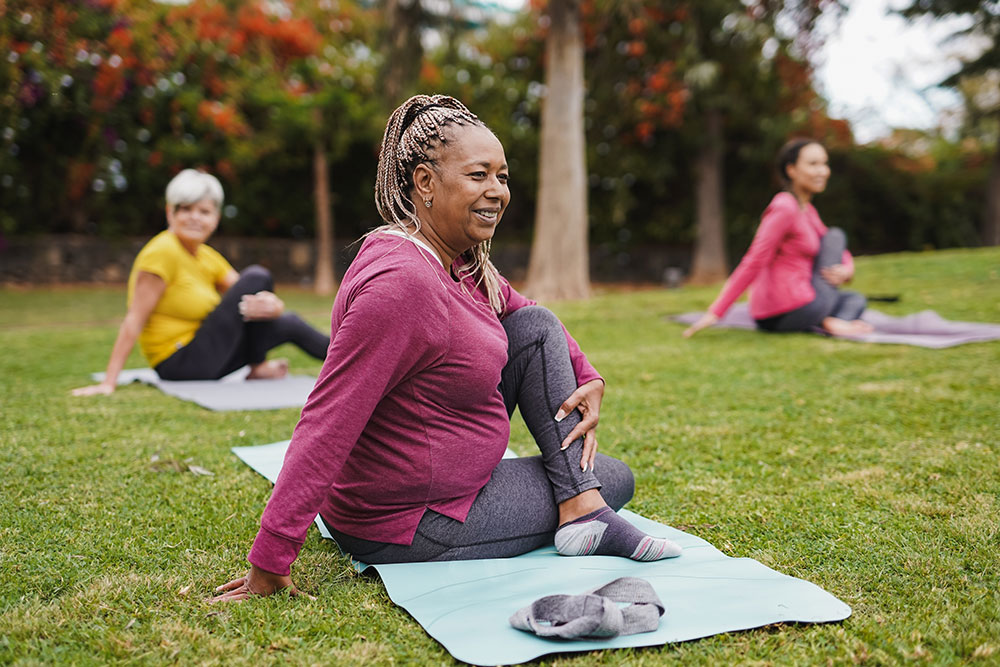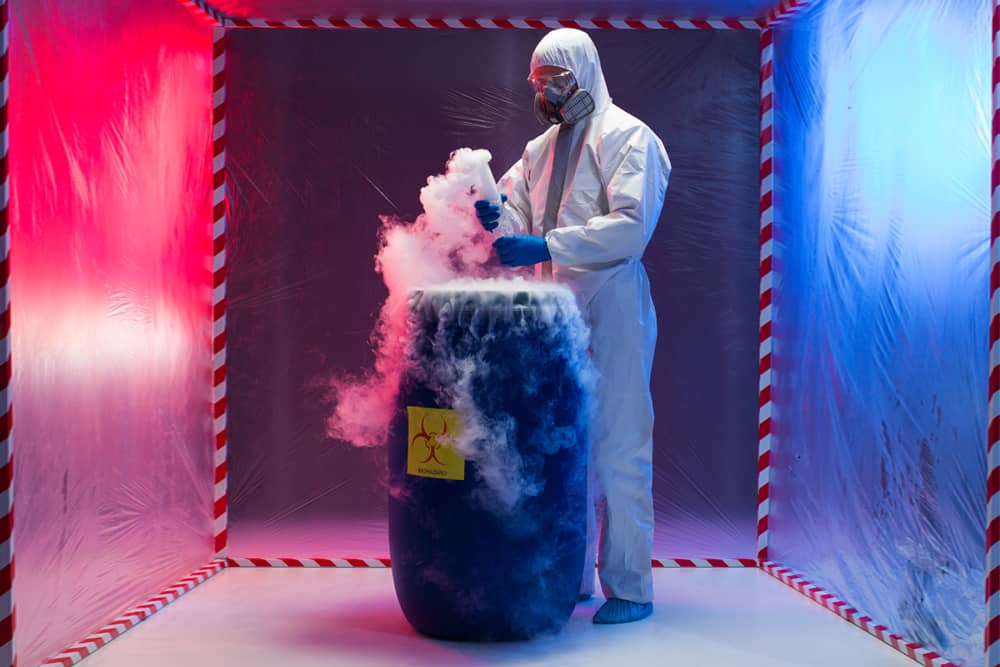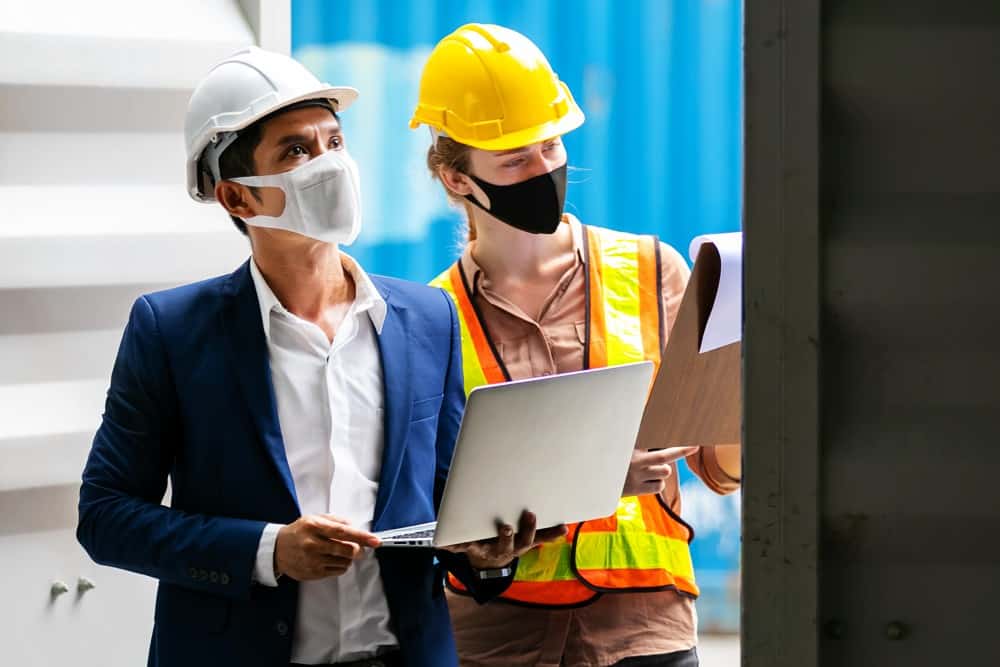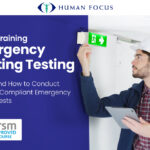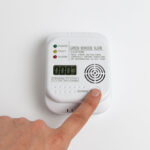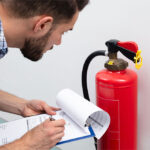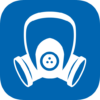
Actions speak louder than words. A picture is worth a thousand words. These and other clichés all point to one fact: nonverbal communication is vital. It affects your personal life; romantic and platonic relationships rely on it. But it’s also crucial for working relationships.
Knowing how to read and use nonverbal communication will save time and brain power and help avoid awkward interactions. Sounds valuable, but what is nonverbal communication? And how can you get good at it?
What is Nonverbal Communication?
Nonverbal communication is conveying what we mean or feel without using spoken language. No words.
Think of a mime. We know they’re trapped in a box or pulling on a rope without them telling us they are.
Your body is a tool. As humans, we’ve always used body language to communicate messages. Have you ever hidden behind your hands on the sofa when watching something scary? The message there is – “I’m scared”. Ever winced after a sip of alcohol? The message there is – “That’s strong!”
Nonverbal communication is like a window to your genuine emotions.
Why is Nonverbal Communication Important?
When you’re conversing, your body language speaks louder than your words. Ironically. Research by Dr. Albert Mehrabian, as published in his 1971 book Silent Messages, showed that communication is made up of:
- 7% spoken word
- 38% voice and tone (which we will go on to see is also technically non-verbal communication)
- 55% body language
Body language is your:
- Physical behaviour
- Expressions
- Mannerisms
We usually use body language without thinking. If a work colleague says something dumb, you probably roll your eyes or shake your head in disbelief. In that moment, you’ve made your thoughts pretty clear without using words.
There’s a lot of power in your body language. You can use it to:
- Put people at ease
- Scare people away
- Build trust
- Offend people
Ideally, you don’t want to mix up your messages. You want to convey what you intend. Otherwise, things may get lost in translation. Imagine someone at work gives you a task and you nod politely the whole time they talk. They will think you understand what to do even if you don’t.
Situations like that could lead to mistakes, confusion and, if you work in a dangerous environment, serious injury… or worse.
Master your nonverbal communication. Express what you really mean. Reap the rewards!
Types of Nonverbal Communication with Examples
So, our actions and expressions are nonverbal communication, but what else is there?
Posture
We all carry ourselves differently. We slouch, cross our arms, and all walk, stand and sit in our own ways. Posture tells the world a lot about us. For example, if someone is slouched lazily in their chair, they could be:
- Tired
- Lazy
- Relaxed
- Bored
Some studies tell us that posture can affect our psychology. For instance, if you make yourself small and bunched up, you’re more likely to feel closed and guarded. If you stand with your hands on your hips and your chest puffed out, you’re more likely to feel powerful and confident.
These are called low-power poses and high-power poses. The high-power poses can help convince your mind that you’re powerful and confident. Even if it’s just two minutes a day in your private space, it can significantly impact how you present yourself and how you want to be perceived.
Gestures
When in animated conversation, we tend to gesture. Some gestures are obscene, but they mainly emphasise what we’re saying. Some gestures are even universal – like the peace sign. Sometimes, gestures are just a natural part of our personality. We all know people who ‘talk with their hands’.

We use gestures every day without thinking. We all wave “hello” and “goodbye”. We all nod for something positive and shake our heads for something negative. We all point at things to indicate what we’re talking about. In many cases, most of us probably use emojis rather than actual texting because it’s quicker and more accessible and conveys what we want to say.
Gestures can negate the need for verbal communication altogether because we all understand their meaning without using words. So, they can be a potent tool to use. If you agree, give me a thumbs up!
Eye Contact
Eye contact is also a potent tool. It can be used to communicate:
- Interest
- Affection
- Hostility
- Attraction
So, eye contact is helpful to remember if you’re on the dating scene. But it can also be used to show you’re engaged in a conversation and to read what other people might think when their words aren’t quite saying it.
Maintaining eye contact, or ‘direct’ eye contact, indicates you’re listening or paying attention. Looking away or averting your gaze could show many things. You might be nervous, distracted, or ‘cagey’. You may not be doing it consciously, so eye contact is an important thing to be aware of.
Voice
Wait… voice? Isn’t this all about nonverbal communication? Paralinguistics (to give it a fancy name) is a form of nonverbal communication and involves your:
- Tone
- Volume
- Inflexion
- Pitch
So, it’s not what you say. It’s how you say it. For example, you might say something sincerely, but it could come out as sarcastic (which might land you in hot water).
If you want to learn more about verbal communication, check out this blog.
Use Nonverbal Communication to Your Advantage
Much like an A-List actor, nonverbal communication has a significant role to play, and it’s versatile. It can be used to:
- Repeat your message (like pointing out things as you mention them)
- Contradict your statement (like making a promise with your fingers crossed behind your back)
- Substitute for something verbal (like a confused expression instead of saying “What?”)
- Complement your message (like the classic ‘high-five’ for a job well done)
- Accent your message (like banging a fist on a podium during a passionate speech)
How you act has more impact on your communication than you might think. It can entirely change the meaning of what you’re saying. Nonverbal communication, such as hand gestures, becomes essential for people who need sign language.
Improving your Nonverbal Communication
That’s all well and good, but how do I improve my nonverbal communication? Shall I train to be a mime? No. Well, you can if you really want. But ultimately, there is one golden rule for improving your nonverbal communication.
Pay attention.
Pay attention to what your body is doing and what others are doing during conversation. What gestures do you use when you speak? Think about how your tone changes depending on your emotions. Do the same for others.
You’ll probably spend a lot of time in the workplace with the same people. Focus on their mannerisms and you’ll soon pick up on communication patterns, allowing you to communicate more effectively over time.
Paying attention will mean you can improve your communication skills.
You’ll think before you act.
You’ll stop assuming things.
Now, when you explain something to a colleague and they nod, you won’t just go about your day. You’ll ask – “do you understand?”. And then… “Are you sure?”
Communication Skills Training
So, is paying attention all I can do to improve my communication? Well, suppose you’re in the market for self-improvement and want to benefit from quality communication in the workplace. In that case, you can take some communication skills training.
You may think you understand what people are saying. But do you truly understand them? You don’t need to be a mind reader; you must polish your nonverbal communication tools.
About the author(s)

















































































































































































































